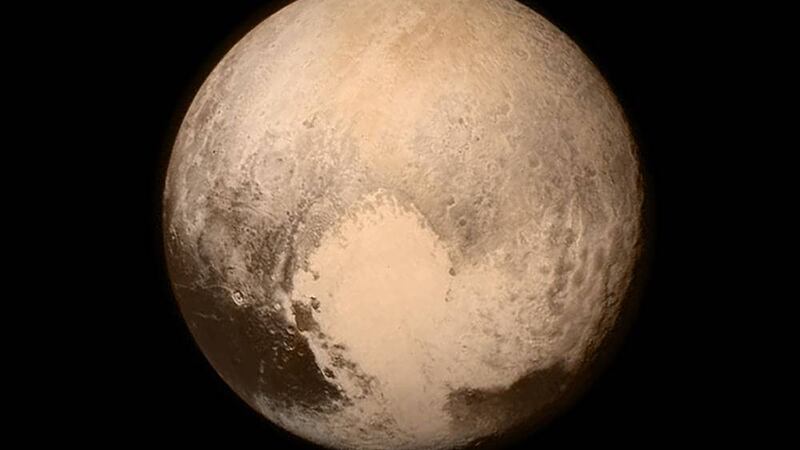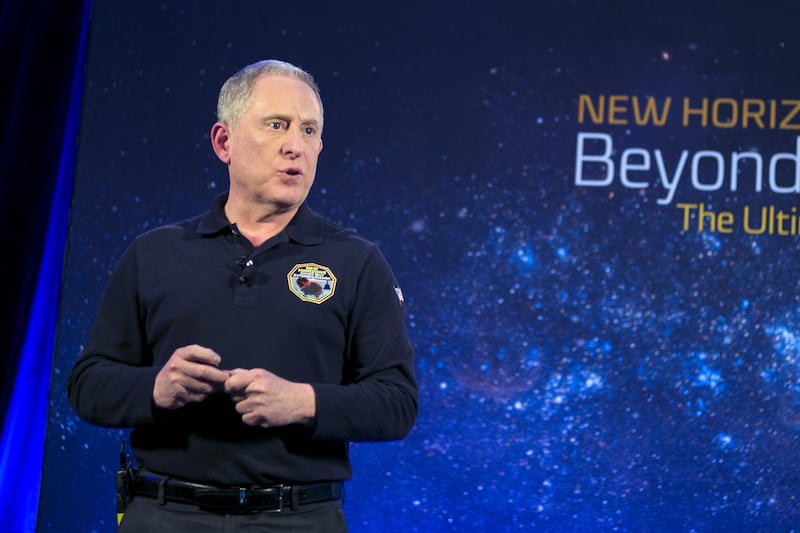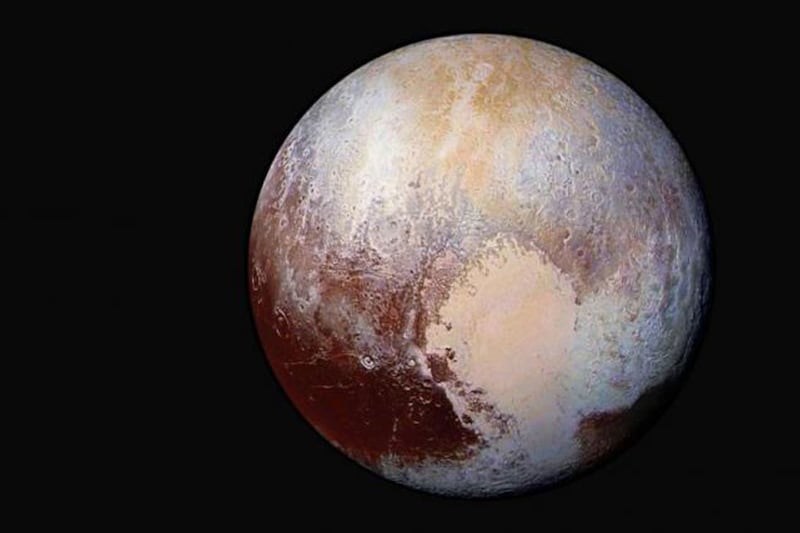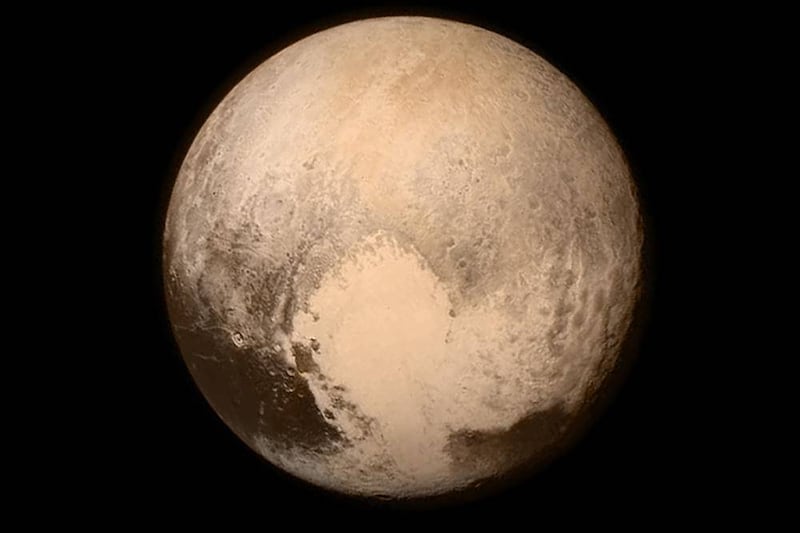THESE are the first images acquired by Nasa spacecraft New Horizons during its historic flyby of Pluto.
Physicist Professor Stephen Hawking and US president Barack Obama hailed the scientists behind the probe, which completed the closest encounter with the dwarf planet ever achieved.
The detailed images of Pluto were captured as the probe passed within 7,700 miles of the world's surface on Tuesday.
Chief scientist Alan Stern said the new images showed evidence of geological activity and mountains in the Pluto system.
The team has also named the prominent heart-shaped region on Pluto 'Tombaugh Regio' after Clyde Tombaugh, the astronomer who discovered Pluto in 1930.
Mission scientist John Spencer told journalists that one image of Pluto's surface showed a terrain that had been resurfaced by some geological process - such as volcanism - in the last 100 million years.
"We have not found a single impact crater on this image. This means it must be a very young surface," he said.
This same image shows mountains at the edge of the heart-like region that are up to 11,000ft high and which team members compared to North America's Rocky Mountains.
Mr Obama said on Twitter: "Pluto just had its first visitor! Thanks Nasa - it's a great day for discovery and American leadership."
Prof Hawking said on Facebook: "I would like to congratulate the New Horizons team and Nasa (National Aeronautics and Space Administration) for their historic fly-by of Pluto. The culmination of a decade long mission, I can't wait to see what new information the New Horizons spacecraft will reveal about our distant relative."
New Horizons has taken more than nine years to reach Pluto.
When the mission was launched in January 2006, the aim was to reach the outermost of the Sun's family of nine planets. Seven months into the probe's epic journey, international astronomers downgraded Pluto's status to "dwarf planet".
But despite its small size - just over two-thirds the diameter of the Earth's moon - Pluto looks and behaves like a fully fledged planet, having an atmosphere and five moons of its own.
Currently, Pluto is just under three billion miles from Earth, one of a number of distant "worldlets" in a region known as the Kuiper Belt.







